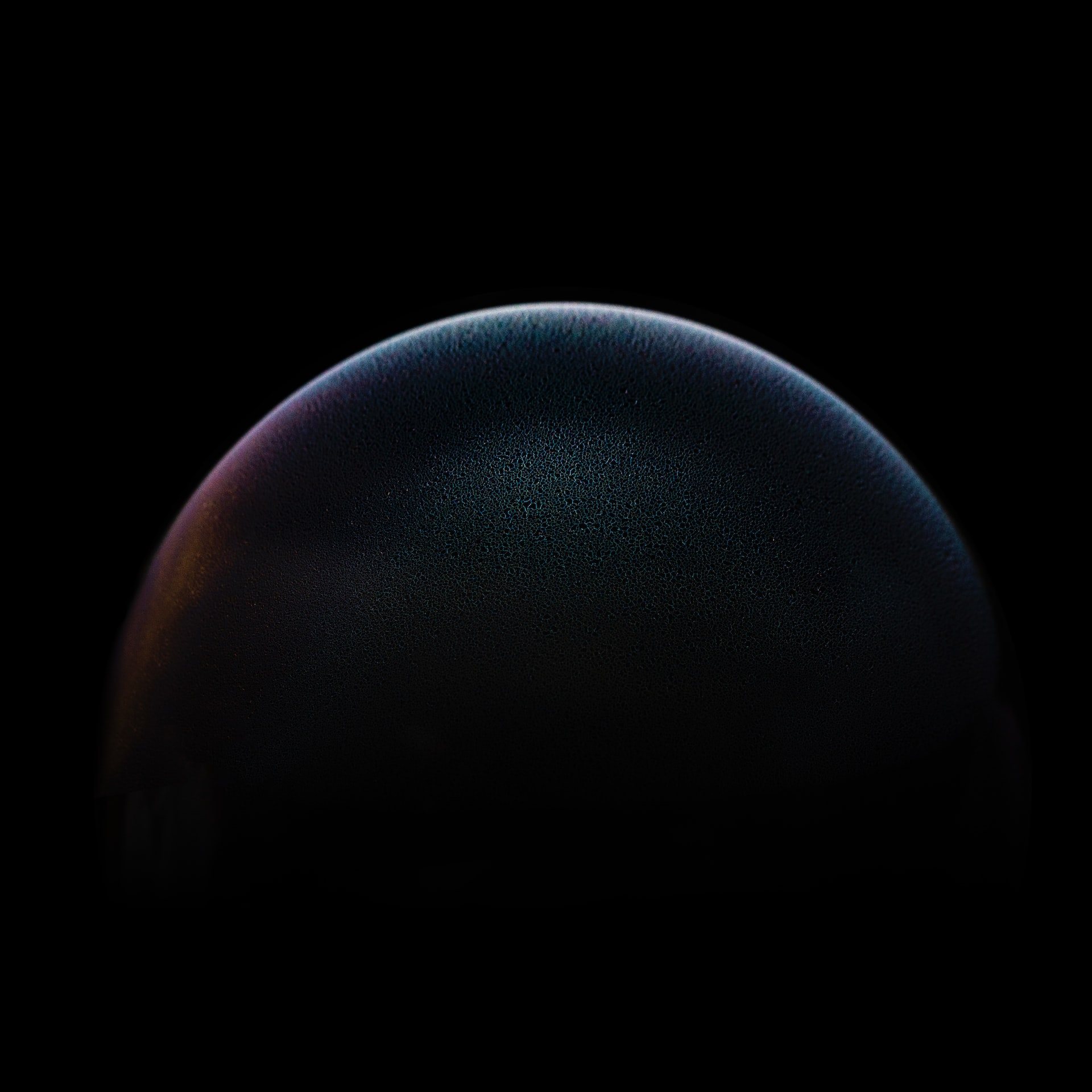What would you pay attention to if you were assigned to look for signs of life on other planets? It is logical to think that it would be water or oxygen that supports life on Earth. But scientists believe that it is necessary to look for toxic gases, which will be the best indicator of the existence of potential places with alien organisms.

The researchers announced their vision of a new way to search for living exoplanets at a meeting of the American Astronomical Society held in January. Scientists explain their vision of solving search problems. On Earth, life produces many chemicals that change the atmosphere: for example, plants emit oxygen, and many animals and plants emit methane. Often this process involves methylation – the addition of a methyl group (CH3) to the compound, which makes it possible to turn many potential toxins into gases evaporating into the atmosphere.If such gases were in the atmosphere of other planets, they could indicate the presence of life there.
Scientists from the University of California at Riverside (USA) have shown that among methylated gases, the best biomarker may be methyl bromide released by cruciferous flowers and algae. A study published in The Astrophysical Journal describes the advantage of this organic substance over traditional compounds used by scientists to search for life outside the Solar System.
Methyl bromide
The first feature of methyl bromide is that it remains in the atmosphere for a shorter period of time than traditional biosignature gases. So, its detection would indicate that it was synthesized recently, and the source was probably still present on the planet. In addition, there are not many ways to obtain methyl bromide as a result of a non-biological process. This distinguishes it favorably from, for example, methane, which can be both a product of the activity of living organisms and the result of volcanic and many other geological processes.
Although methyl bromide is very common in the Earth’s atmosphere, it is not easy to detect due to the intensity of solar ultraviolet radiation, which quickly destroys this substance. However, the authors of the new work have shown that this gas will be easier to detect in planets of stars of spectral class M. They are smaller and colder than the Sun and therefore produce less ultraviolet radiation. Under all similar conditions, in the atmosphere of a class M star planet, the visibility of methyl bromide will be four times higher than on Earth. This is an undoubted advantage, because M-class stars are found in the Universe ten times more often than similar to the Sun.
The researchers hope that astrobiologists will begin to take methyl bromide into account when planning future missions and building telescopes. Scientists also intend to test whether other methylated gases can be used to find life on distant planets.
Follow us on Twitter to get the most interesting space news in time
https://twitter.com/ust_magazine

